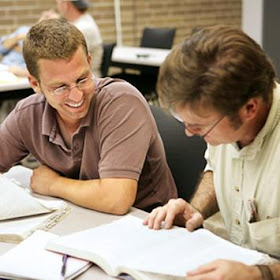More than 250 US-based junior researchers of German nationality will come together in Boston with over 100 high-level representatives from the worlds of German academia, politics and business from 7 to 9 September. The highly-educated academics are currently furthering their qualifications at American universities and research institutions.
At the twelfth annual meeting of the German Academic International Network (GAIN), they can find out about career opportunities and future prospects as well as the benefits of Germany as a centre of academia. This year’s GAIN conference focuses on the third round of funding of the Excellence Initiative from the central and regional governments and the worsening skills shortage in Germany. In light of the latter, junior researchers are more in demand than ever.
At the twelfth annual meeting of the German Academic International Network (GAIN), they can find out about career opportunities and future prospects as well as the benefits of Germany as a centre of academia. This year’s GAIN conference focuses on the third round of funding of the Excellence Initiative from the central and regional governments and the worsening skills shortage in Germany. In light of the latter, junior researchers are more in demand than ever.






